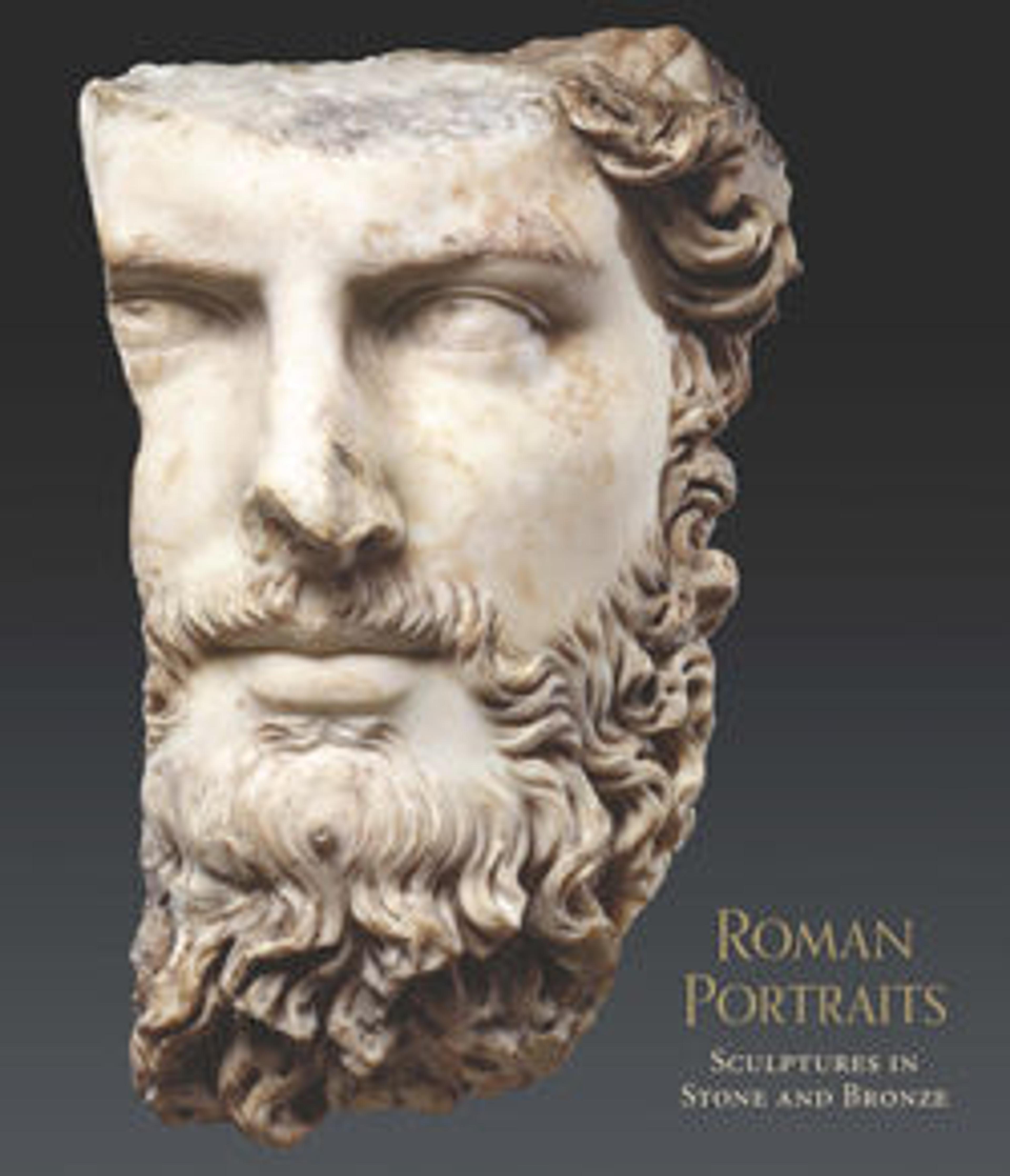Colossal marble head of the emperor Augustus
In 30 B.C., Gaius Julius Caesar Octavianus, grandnephew and heir to Julius Caesar, became master of the empire that Rome had amassed over the previous three centuries. Over the next forty-four years, he introduced institutions and an ideology that combined the traditions of republican Rome with the reality of kingship. A new type of leadership evolved in which Octavian officially relinquished command of the state to the Senate and the people while actually retaining effective power through a network of offices, privileges, and control over the army. In 27 B.C., after this restoration of the republic, the Senate conferred on Octavian the honorific title of Augustus, an adjective with connotations of dignity, stateliness, even holiness.
Artwork Details
- Title:Colossal marble head of the emperor Augustus
- Period:Early Imperial, Julio-Claudian
- Date:ca. 14–30 CE
- Culture:Roman
- Medium:Marble
- Dimensions:Overall: 17 7/8 x 15 in. (45.4 x 38.1 cm)
- Classification:Stone Sculpture
- Credit Line:Rogers Fund, 1921
- Object Number:21.88.94
- Curatorial Department: Greek and Roman Art
More Artwork
Research Resources
The Met provides unparalleled resources for research and welcomes an international community of students and scholars. The Met's Open Access API is where creators and researchers can connect to the The Met collection. Open Access data and public domain images are available for unrestricted commercial and noncommercial use without permission or fee.
To request images under copyright and other restrictions, please use this Image Request form.
Feedback
We continue to research and examine historical and cultural context for objects in The Met collection. If you have comments or questions about this object record, please contact us using the form below. The Museum looks forward to receiving your comments.
